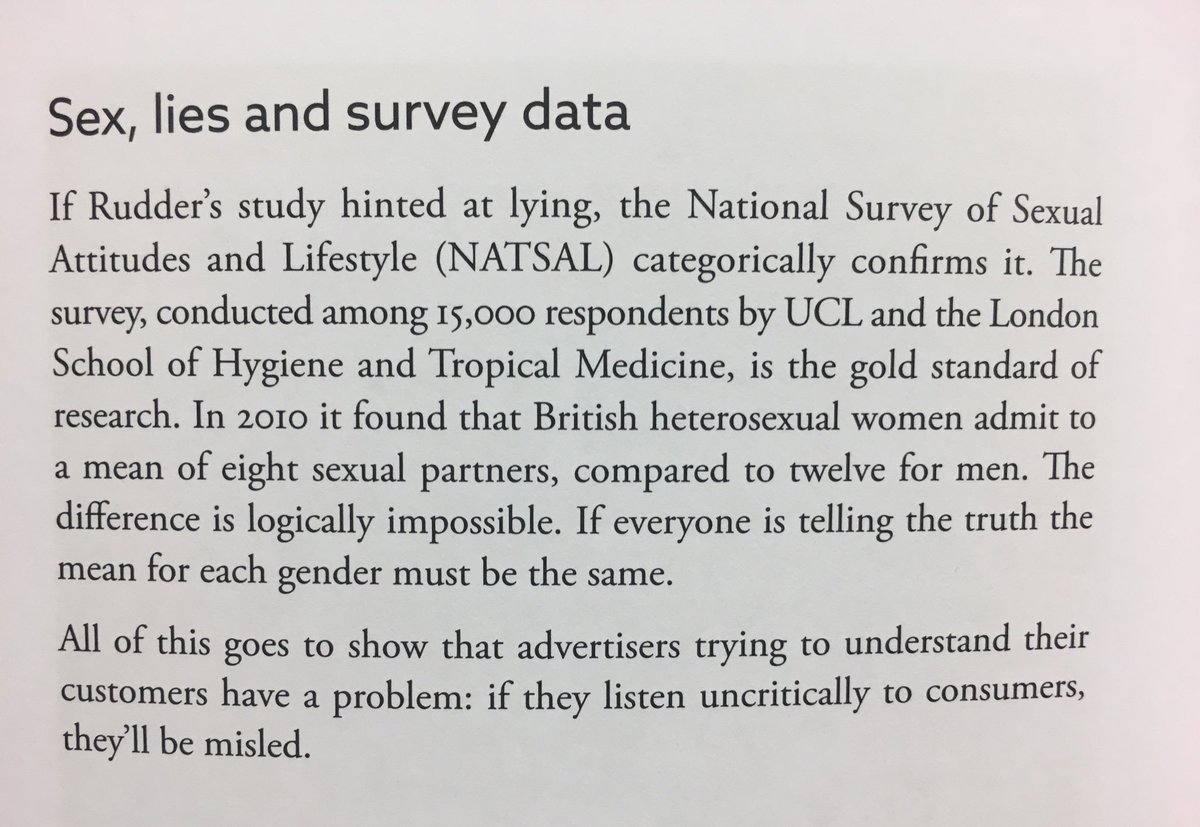Another real-world manifestation of implicit memory is known as the illusion-of-truth effect: you are more likely to believe that a statement is true if you have heard it before – whether or not it is actually true. In one study, subjects rated the validity of plausible sentences every two weeks. Without letting on, the experimenters snuck in some repeat sentences (both true and false ones) across the testing sessions. And they found a clear result: if subjects had heard a sentence in precious weeks, they were more likely to now rate it as trie, even if they swore they has never heard it before.
Excerpt from; Incognito: The Secret Lives of the Brain by David Eagleman





























